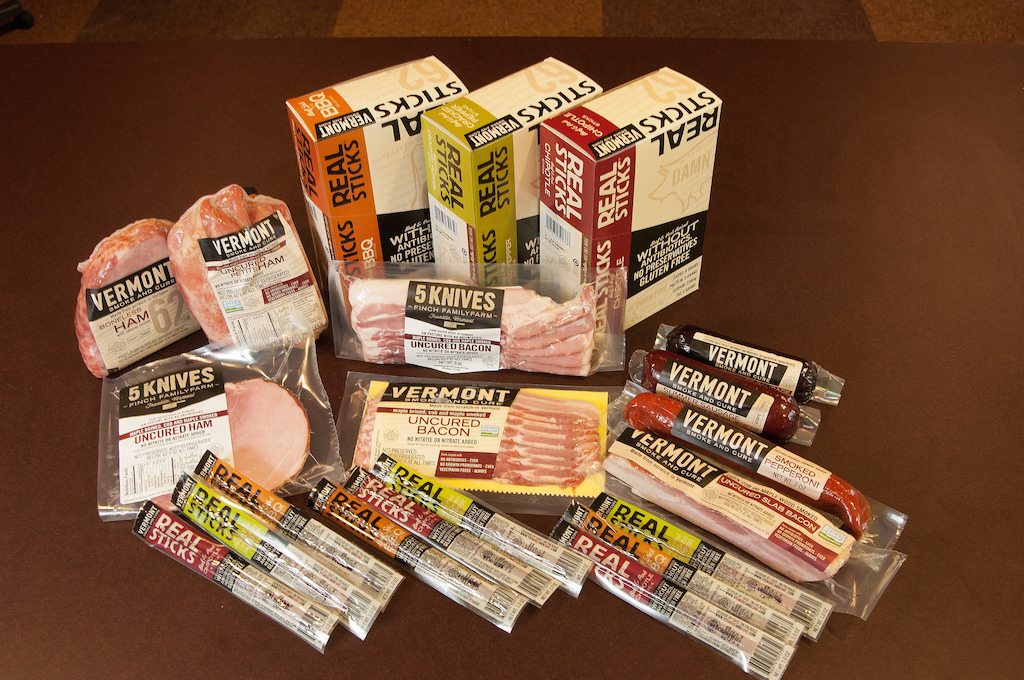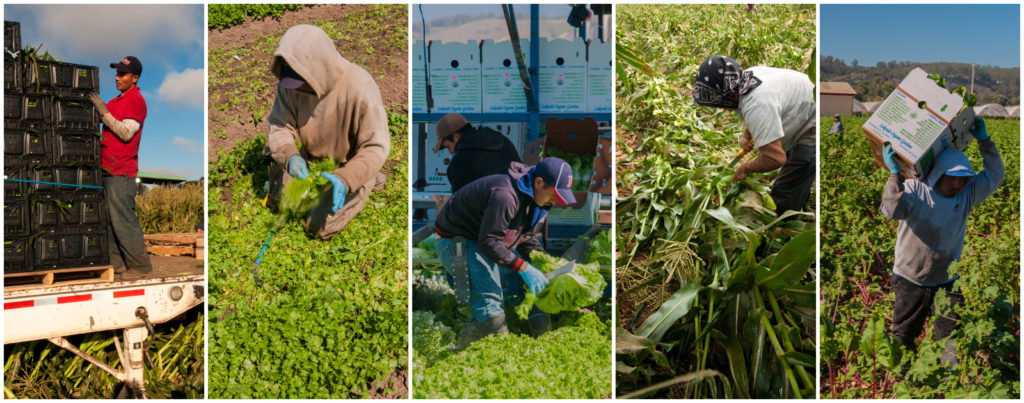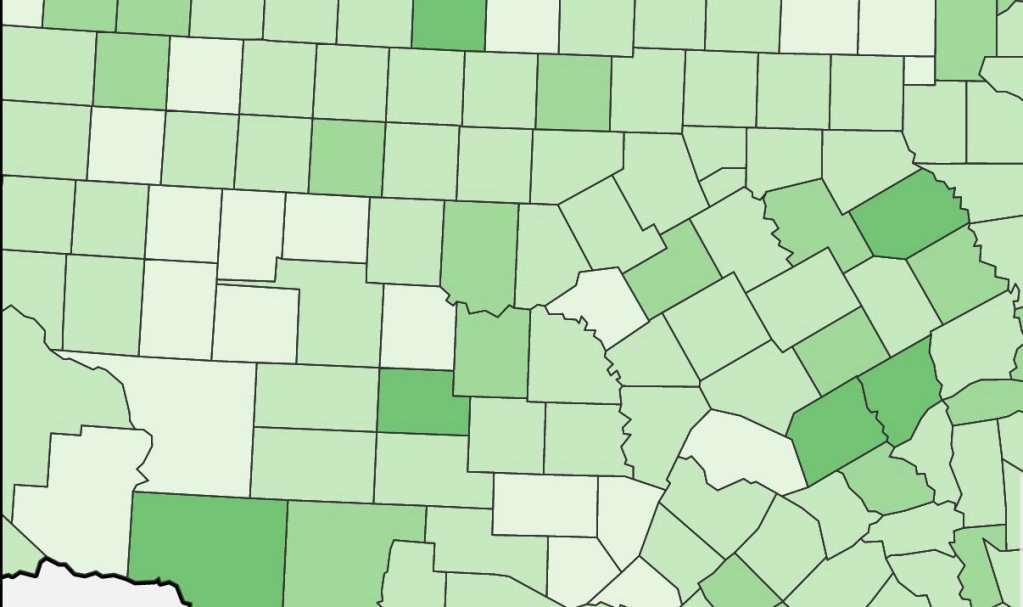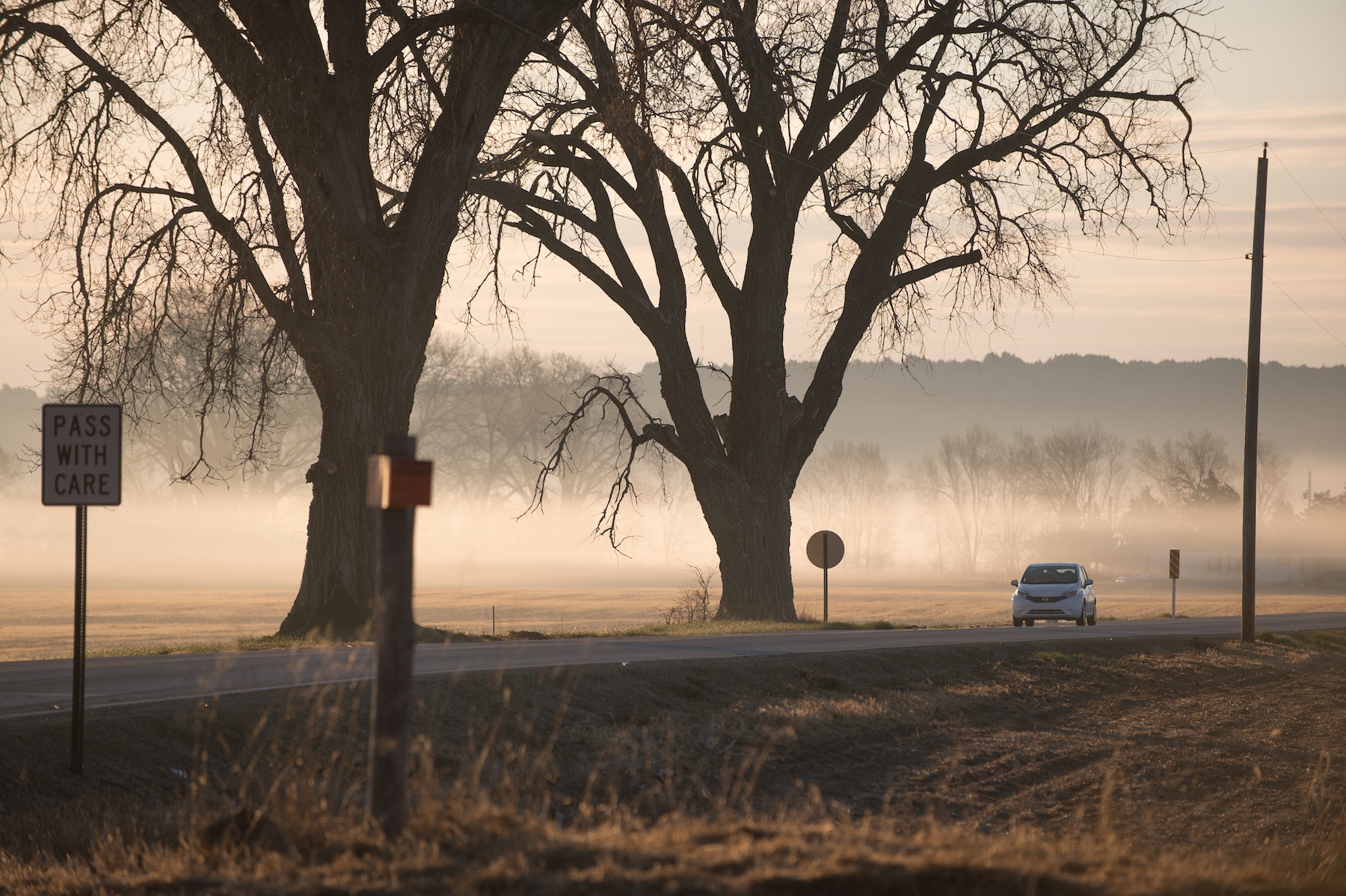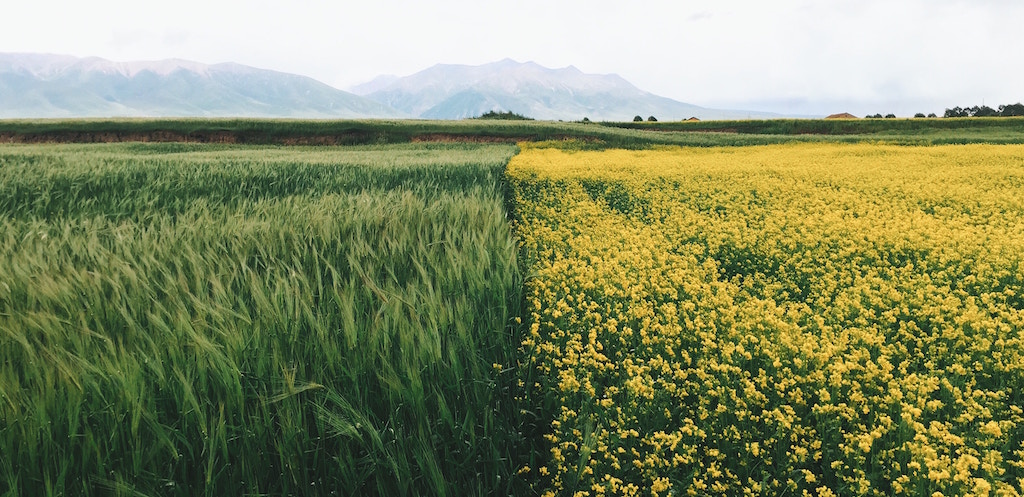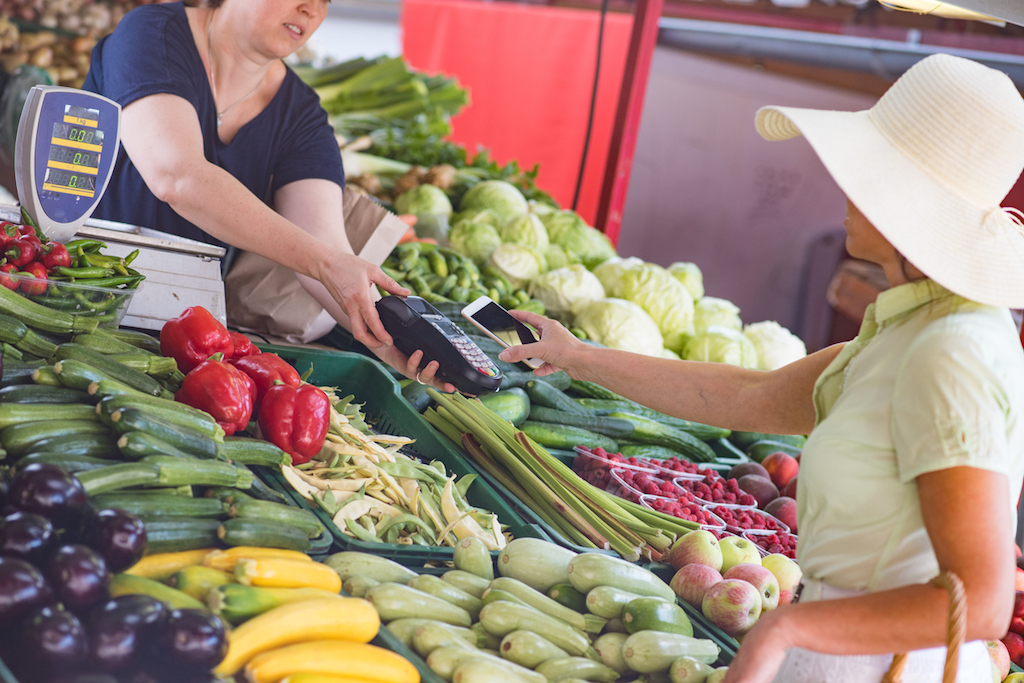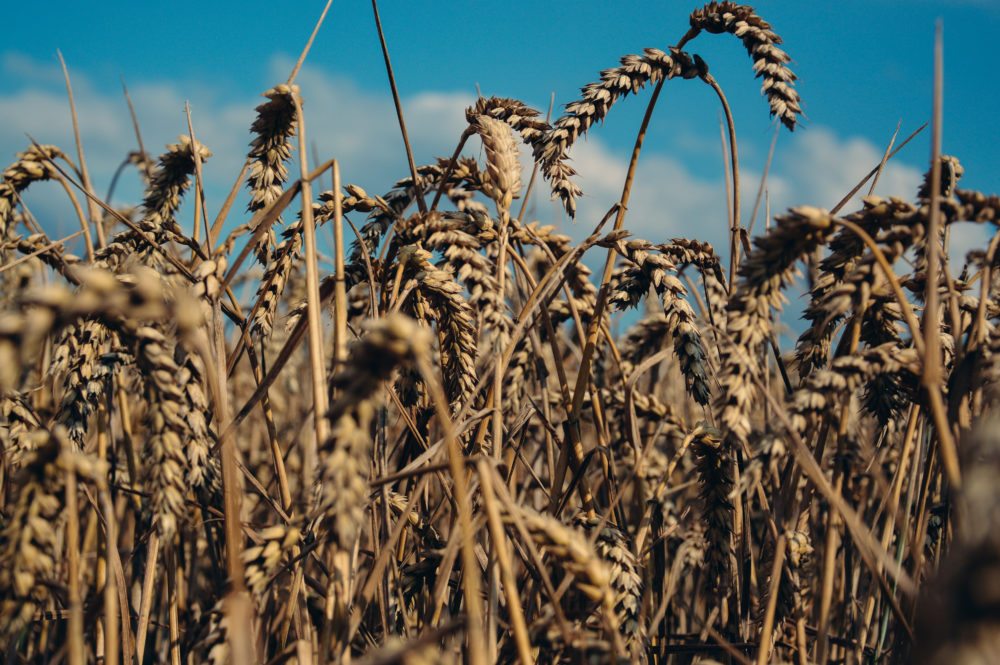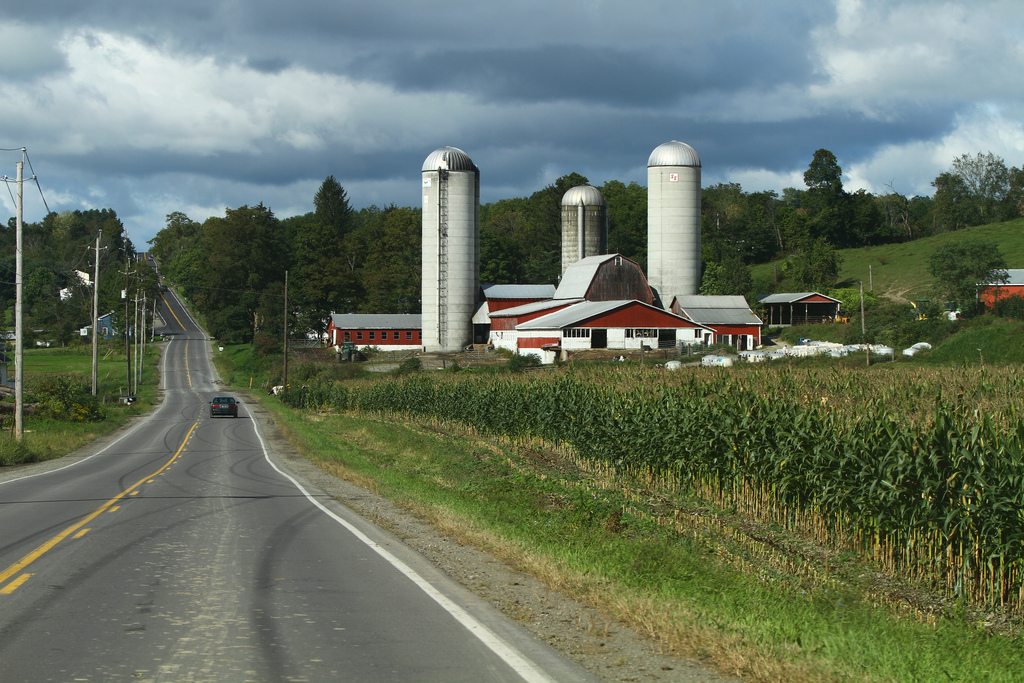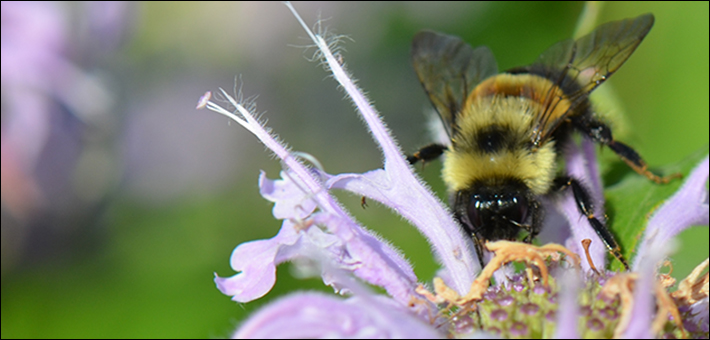In the late 1990s and early 2000s, family farmers were struggling. The triple-headed monster of low commodity prices, corporate control of the marketplace, and poorly constructed federal farm programs was raising serious questions about the future of American agriculture. Calls for how to transform the food system were loud and widespread. Could farmers innovate their way out of the mess? Could they export their way to prosperity instead?
Around the same time, I was a mind-blown, liberal arts educated activist looking to solve the world’s problems, pencil and paper in hand. Having grown up on a West Missouri livestock farm and worked in my family’s small town butcher shop, I couldn’t help but get interested in the public debate. Rallies were being held. Seemingly important meetings were convened. Politicians were at least mouthing calls to action. It was exciting.
My mentors at the University of Missouri, along with many other rural policy wonks and economic developers, were starting to propose a possible solution to the crisis: creating farmer-owned processing facilities that would deliver better farm incomes while generating needed jobs in rural communities.
The gold standard of this approach was Dakota Growers Pasta Co., a successful farmer-owned “new generation cooperative” pasta maker in North Dakota. Founded in the early 1990s by over 1100 third- and fourth-generation durum wheat farm families who invested in and built a state-of-the-art integrated durum mill and pasta processing facility, Dakota transformed the region’s wheat into a “value-added product.” Rather than being victims of a commodity production system that left farmers to the whims of the corporate buyer, Dakota farmer-owners were able to capture a larger share of the consumer food dollar by selling a branded food product. (The cooperative is now part of the Post Holdings family).
Along with the growing demand spurred on by farmers’ markets for produce growers, many farm states and federal policymakers responded to this idea, doubling down on value-added agriculture as a possible solution. An ecosystem of support (grant funding, interconnected incentives, and professional staff to provide services) was born. But navigating the legal and technical barriers to starting up farmer-owned enterprises, whether structured as cooperatives or LLCs, would require strategic analysis, business planning, and mountains of pending paperwork to obtain available capital.
Enter United States Department of Agriculture (USDA)’s Value-Added Producer Grants (VAPGs) program.
VAPGs were authorized as part of the Agriculture Risk Protection Act of 2000, which amended the Federal Crop Insurance Act to strengthen the safety net for agricultural producers by providing greater access to more affordable risk management tools and improved protection from production and income loss. It was later amended by the 2002 farm bill. Housed within USDA Rural Development’s Business and Cooperative Programs division, the new program became a key ingredient to the secret sauce of the farmer-owned enterprise development sector.
VAPG funds and services were critical to supporting the growth and development of entire industries. The early days of the program, for instance, saw its largest investments flow to planning efforts for ethanol and biodiesel facilities. Multiple millions of federal dollars were granted to farmer-led groups to hire consultants for feasibility and business planning efforts. Numbers were crunched. Engineering studies were drafted. Navigation maps for obtaining other incentives and fuel price agreements were created.
At the time, politicians from both parties promoted the renewable fuels sector almost unanimously. Republicans could justify program investments and subsidies through a national security lens: developing domestic energy production. Democrats could wave the patriotic flag while also supporting job growth in rural communities. And many farmers, now investor-owners of energy plants, often made more money as investors than they did raising the corn or soy that fed the plants.
Relyea’s “Crazy Claws” Freshwater Prawn Farm in Walstonburg, North Carolina, a member of the American Prawn Cooperative, was able to grade the prawns raised in their pounds with the assistance of Value-Added funding through the United States Department of Agriculture, Rural Development.
Though the early days of the VAPG program promoted renewable fuels, it also supported projects from other agricultural sectors. Funding for hog farmer cooperatives led to the sustainable pork companies that now supply Chipotle and Whole Foods. Farmers who once sold milk as a commodity installed equipment and established delivery routes to serve grocery stores. Others turned that milk into cheese. Forest landowners established mills to launch their own wood products companies.
At the time, progress seemed slow and dispersed. But looking back at the period through a different lens, I can see how those early companies built a strong foundation for many of the successful sustainable enterprises we know today.
One good example is Missouri Northern Pecan Growers, a small group of native wild pecan producers who received VAPG funding for both planning and working capital after they got together to discuss ways to market their nuts for better income. Members combined the relatively small but critical federal funds with their own personal investments to capitalize the venture into what it is today: the only certified organic native pecan grower that can boast American Native pecans (meaning the trees are not grafted or cloned for increased size, which results in smaller pecans that have an enhanced sweet taste.) Missouri Northern provides jobs in a rural community with limited employment options. And while they have struggled at times, they have achieved slow, steady, sustainable growth.
I don’t want to paint a false picture here. Business development efforts, especially when there are partnership and cooperative structures involved, can be difficult. Consultants, accounting needs, and legal formation charges seemed “astronomical” to many farmers, and the required spreadsheets and financial documents were hotly discussed. To be clear, it’s not that the consulting types were smarter and the farmers couldn’t understand. It’s just that planning efforts need to be understood in the context of a question like this:
“You mean I’m going to pay some consultants—and so is the government—with my tax dollars, and it’s going to cost $25,000 between us to do the paperwork we need to sell cheese?”
I was faced with that question, or a very similar version (“And why do we need to hire the lawyers? They cost a lot, you know?”) on many projects and with many groups of farmers. I found most of the farmer participants to be direct and intelligent. (Again, this is the tribe I come from.) But there were frequent miscommunications and there was so much onerous paperwork involved, no matter who did the consulting, planning, and accounting.
 Flickr/USDA Darin Leach
Flickr/USDA Darin Leach Agriculture Secretary Tom Vilsack speaks to owners and employees at the Iowa Choice Harvest processing facility in Marshalltown, IA on Aug. 22, 2014. Iowa Choice Harvest received loan guarantees and Value-Added Producer Grant funds from the U.S. Department of Agriculture’s USDA Rural Development (RD) agency to assist in the start-up of the business. The funds aided in the purchase of equipment to size, freeze and process fresh fruits and vegetables and build an accounting and financial software system and develop marketing materials for the business.
Meanwhile, increased demand for local food products began to drive the discussion about entrepreneurship, and the VAPG program expanded and changed over time. USDA under the Obama administration was instrumental in supporting the growing and thriving local food efforts more broadly. In 2009, USDA launched the “Know Your Farmer, Know your Food” initiative. (Around the same time, my son won a healthy cooking contest that sent him and my wife to meet Michelle Obama and shake hands with the president. Needless to say, we have the signed photo with the trio hanging on our living room wall.) A year later, then USDA secretary Tom Vilsack laid out a five-year strategic plan for the agency, that would home in on development and support of regional food systems.
And among farmers, the strategy of reaching the local market through rural economic development programs was growing in popularity. Sometimes through direct experience, farmers had grown more accustomed to working with partners and scrutinizing financial realities. And the wild failures and big successes of companies were often topics of conversation.
Over time, the VAPG program began offering smaller grants for operating capital and minimizing paperwork requirements. Appropriations were made to assist low-income and socially disadvantaged farmers with program participation. And planning efforts that led to nowhere were becoming much less common. A recent list of funded efforts shows an impressive array of burgeoning enterprises—projects for turning organic apples into apple granola and apple candy, for instance, or developing processing, business, and marketing plans for turning Fuyu persimmons into persimmon vinegar. Cheeses, dairy products, food hubs, fermented vegetables, are also on the list.
Or, consider the craft brewing and wine industries. Both are enormous engines for regional food economies and demand for hops, grapes, malted grains, and other ingredients is strong. The VAPG list of funded projects covers everything from cider production to farm-based breweries, promoting linkages between craft brewers and farmers. Those connections benefit tremendously from VAPG funds.
But the future of these enterprises is under threat. The Trump administration’s proposed 2018 budget eliminates VAPG funds entirely. In fact, it proposes to eliminate rural cooperative development grants, small, socially-disadvantaged producer grants, and rural business development grants, too. And while what some are calling the “skinny budget,” seems a non-starter in certain political circles, it does provide an important directional signal for where USDA is headed during the coming months and years. The wave of farmer entrepreneurship may have crested.
Or not. More broadly, VAPG funds can be considered a tiny fraction of the portfolio of support for rural entrepreneurship—one that includes public-private partnerships, and even crowdfunding. Producer-owners have always had to combine program funds with private funding, donated time, and donated travel. Though, total elimination of the VAPG program would increase the financial burden considerably and in some cases, quash emerging producer projects completely.
Now I’m a writer covering rural issues. Through my reporting and interviews with sources, a picture of rural unease has come into focus. People are nervous.
The VAPG program itself is never going to elevate to national talking point status, nor should it. Many more critical developments in health care, taxes, climate change, and education will affect rural economies. But the program is representative of an enormous portfolio of federal projects that are, or could be, impacted. It’s important to tell these stories, too, when there’s room.
